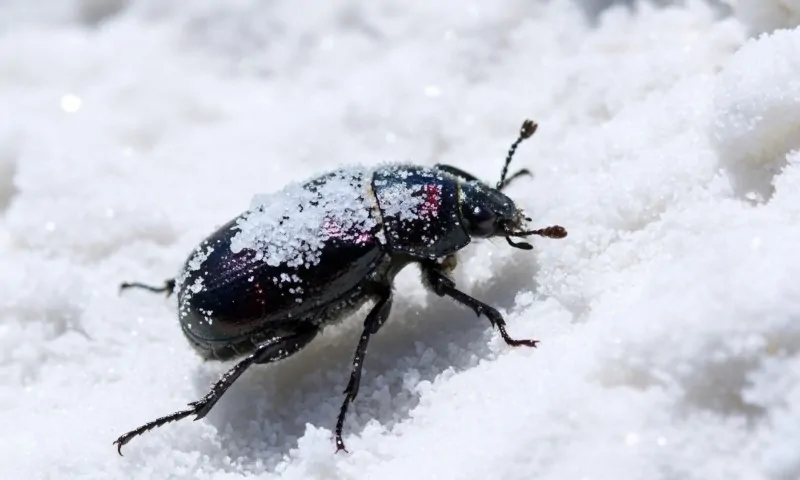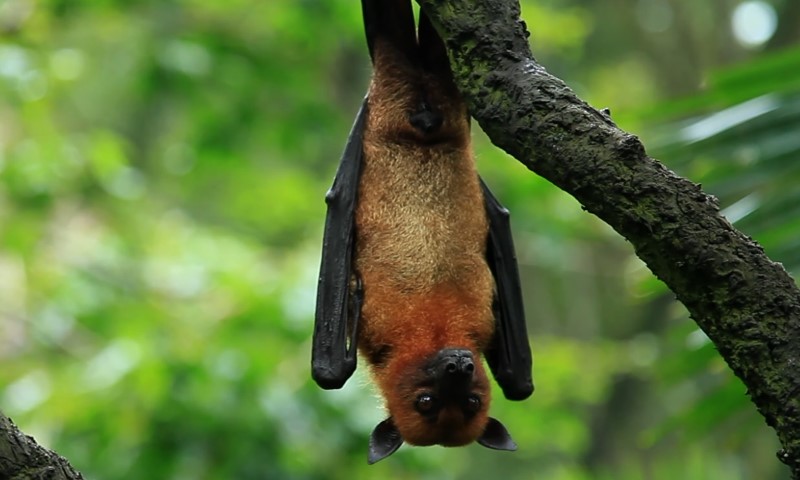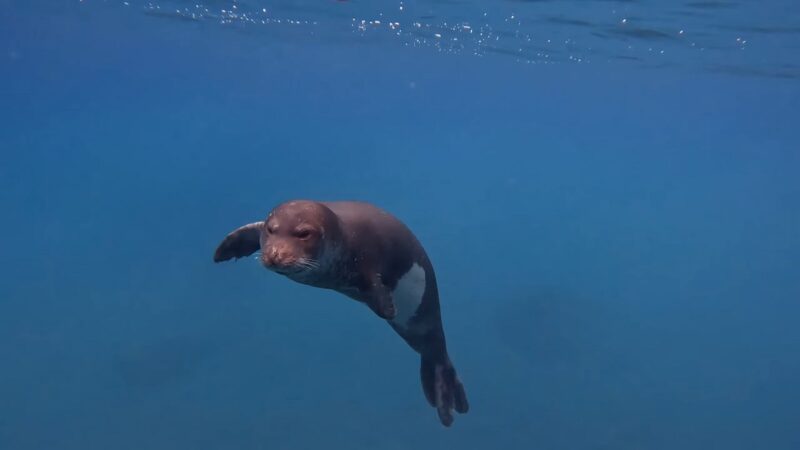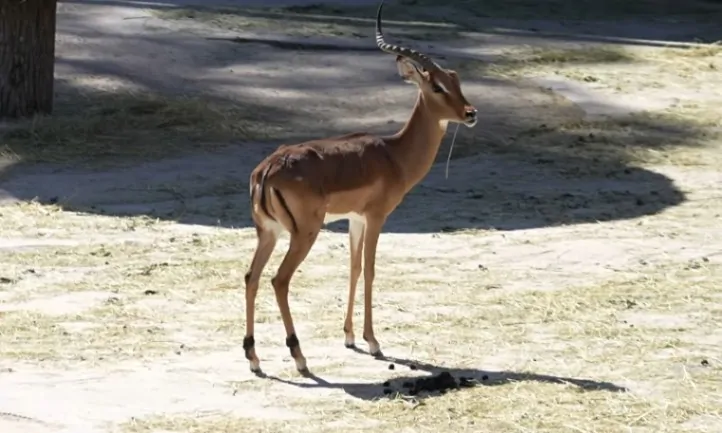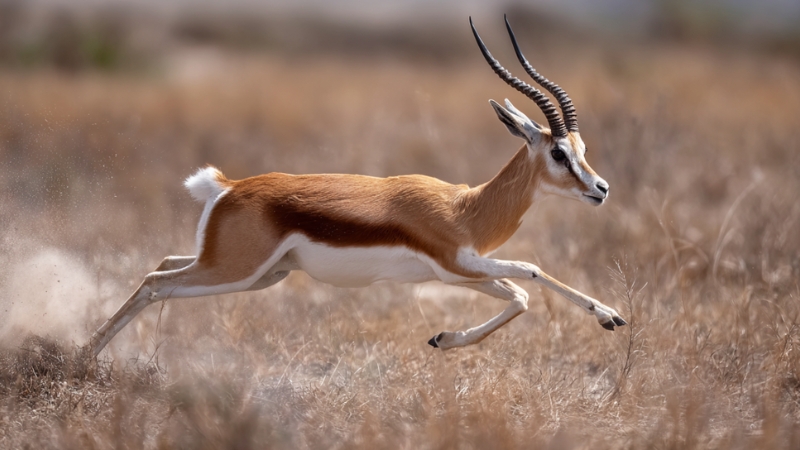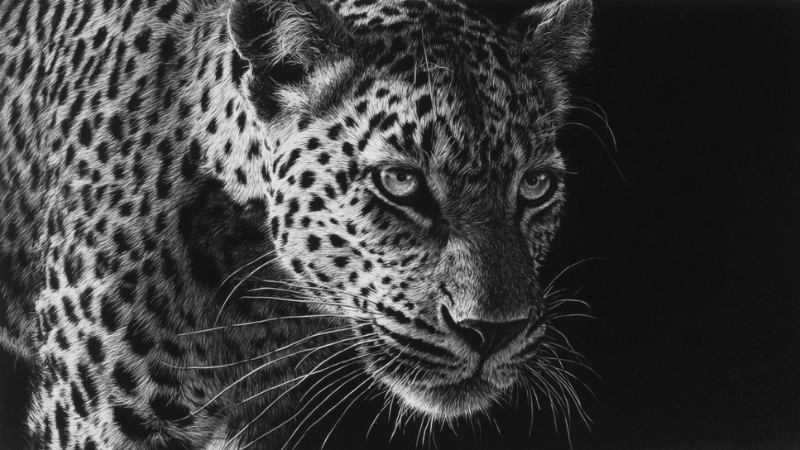Raptor birds, like eagles and ospreys, exhibit exceptional adaptations for hunting with keen vision and powerful talons for capturing prey. Females are often larger, aiding their predatory success.
Migratory patterns evolved over millions of years, enhancing survival across environments. They face threats like habitat loss and indirect poisoning, impacting survival.
Despite a turbulent history with humans, conservation efforts are crucial for their future. Explore their intricate hunting techniques and survival strategies through ongoing scientific analysis.
Table of Contents
ToggleCharacteristics and Adaptations
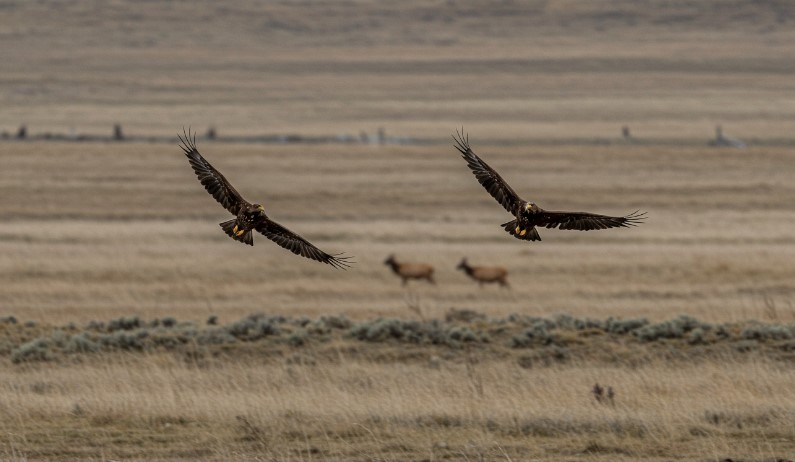
Raptors, or birds of prey, are distinguished by their remarkable adaptations that make them exceptional hunters. Their characteristics include exceptional vision, with some species, like falcons, hawks and eagles, spotting prey over two miles away. This visual acuity is a critical adaptation, enhancing their hunting techniques.
Raptors’ powerful beaks and sharp talons are specifically adapted for tearing flesh and exerting significant force, securing prey efficiently. Sexual dimorphism is prominent, with females generally larger, potentially boosting hunting success and reproductive strategies.
Adaptations like the osprey’s hovering and diving illustrate their versatility across environments. Raptors’ strong talon grip is vital for both capturing prey and self-defense.
These adaptations collectively underscore their evolutionary success as formidable predators in diverse ecosystems.
Evolutionary Relationships and Migration
While the majestic presence of raptors often captivates onlookers, their evolutionary relationships and migration patterns reveal a complex history of adaptation.
Accipitriformes, diverging around 44 million years ago, show how raptor species have specialized over millennia. Phylogenetic studies highlight complexities within Accipitridae, suggesting paraphylies and proposing the clade Hieraves.
Migratory routes evolved multiple times, with initial events dating back 14 to 12 million years, facilitating the expansion into temperate zones. The Accipitridae lineage likely originated in the Southern Hemisphere, with migration crucial for range expansion.
Hunting strategies and clutch size influence migratory behaviors, ensuring survival across diverse habitats. These adaptations underscore the dynamic nature of raptor evolution and their ability to thrive in varying ecological niches.
Reproduction and Care of Young
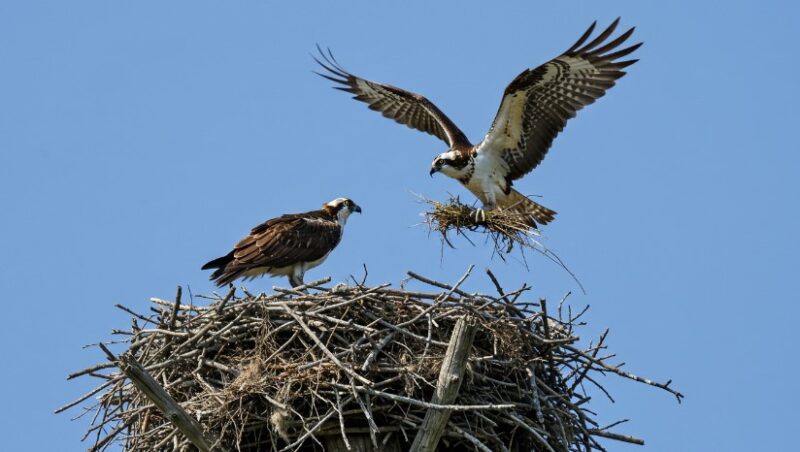
Despite their reputation as formidable predators, raptors exhibit remarkably calculated and intricate reproductive strategies designed to enhance the survival of their young. Nesting begins with the selection of secure, elevated sites where eggs are laid and incubated primarily by the female.
Her role centers on brooding the hatchlings, providing warmth, and ensuring constant protection during the vulnerable early days. Meanwhile, the male dedicates his efforts to securing food, flying extensive distances to return with prey that sustains the entire family unit.
Hatchlings emerge asynchronously, a pattern that leads to subtle but important differences in development. Early hatchlings gain an initial advantage in size and strength, which directly affects their ability to compete for nourishment. Parental feeding decisions often reflect these dynamics, unintentionally favoring the stronger and more assertive offspring.
The transition from helpless hatchling to capable fledgling spans approximately four to seven weeks. During this intense growth period, feathers replace down, flight muscles strengthen, and instincts sharpen.
Once fledging occurs, young raptors begin short practice flights, still relying on parental support for sustenance. Gradually, those feeding interactions lessen as fledglings test their wings further afield.
Independence arrives incrementally. Young raptors begin to follow their hunting instincts, shadowing their parents or experimenting with small prey.
Success improves through repetition, and over time, they develop the competence required to sustain themselves. The stage marks the final shift from dependent juvenile to solitary hunter, completing a carefully orchestrated process driven by instinct, parental investment, and survival-based learning.
Threats and Conservation
Although often revered for their prowess and adaptability, raptor birds face significant threats that jeopardize their survival. Habitat loss from agriculture, urbanization, and deforestation critically impacts their nesting and hunting grounds, leading to severe population declines.
Climate change exacerbates these challenges by altering food availability and migratory patterns, further threatening vulnerable species. Indirect poisoning from lead ammunition and anticoagulants ingested through prey consumption also poses substantial risks.
Collisions with man-made structures such as overhead wires, vehicles, and wind turbines increase mortality rates. Currently, approximately 18% of raptor species are classified as vulnerable, endangered, or critically endangered by the IUCN Red List.
These data underscore the urgent need for targeted conservation efforts to preserve raptor biodiversity and ecological roles.
Birdwatching TV Shows and Channels
Birdwatching enthusiasts today have more access than ever to stunning, high-definition content showcasing avian behavior, migratory patterns, and conservation efforts.
Thanks to the rise of Internet Protocol Television (IPTV), viewers around the globe can enjoy a rich variety of bird-themed shows and documentaries, many of which are available on-demand and in real time.
Popular nature-focused channels such as National Geographic Wild, BBC Earth, and Animal Planet regularly feature programming dedicated to birds of prey, migratory birds, and unique species from every continent.
Shows like “Planet Earth II“, “The Life of Birds” by David Attenborough, and “Birds of North America” offer breathtaking footage and expert commentary that provide both entertainment and education for bird lovers of all ages.
In addition to mainstream networks, IPTV platforms offer access to specialty birdwatching and wildlife channels that may not be available through traditional cable or satellite services. These include regional nature stations, global ornithology documentaries, and live feeds from bird sanctuaries and nesting sites.
For those looking for a comprehensive IPTV solution with access to international and nature-focused content, IPTV Canada offers a gateway to a wide range of global programming.
Human Interaction and Impact

Raptor birds have long been impacted by human interaction, with historical persecution leading to drastic declines in their populations. In Germany, from 1705 to 1800, rewards for killing raptors exacerbated these declines.
Habitat loss due to agricultural expansion, urbanization, and deforestation further threatens their survival, diminishing nesting and hunting opportunities. Indirect poisoning from lead and anticoagulants, acquired through prey, significantly impacts raptor health and survival rates.
Collisions with human-made structures, like overhead wires, vehicles, and wind turbines, are frequent, necessitating enhanced wildlife protection strategies. Public engagement and conservation awareness are critical.
Supporting organizations such as IFAW through donations aids rehabilitation and promotes raptor conservation. Your involvement can help mitigate these impacts, ensuring these vital birds of prey thrive.
Frequently Asked Questions
Related Posts:
- Which Insects Can Survive Being Frozen and Reawaken…
- What’s the Maximum Time a Mouse Can Live Without Food?
- What Animals Live In The Sahara Desert? Check Out…
- Meet 14 Black Birds With Long Beaks and Their Beak Sizes
- Hawk vs. Falcon - 10 Key Differences Between These…
- Vulture vs. Condor - What Sets These Giant Birds Apart?


